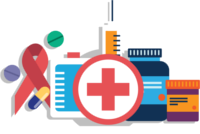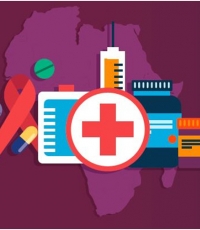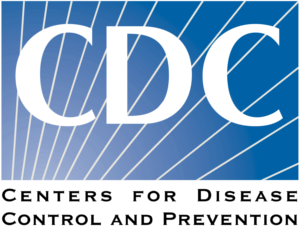
Increased globalization combined with the emergence and re-emergence of infectious diseases such as Tuberculosis has created an increased risk of disease transmission across international borders. In efforts to address this challenge, East Central and Southern Africa Health Community (ECSA-HC) organized the inaugural regional meeting of the Community of Practise (CoP) on Laboratory and Surveillance to improve cross border collaboration in surveillance of Tuberculosis and other priority diseases and strengthen laboratory systems for effective response.
The meeting took place in Maputo, Mozambique from 22 – 25 August 2017 as part of the implementation of the Southern Africa Tuberculosis and Health Systems Support (SATBHSS) Project. The project aims to improve coverage and quality of key TB control and occupational lung disease services in targeted geographic areas of Lesotho, Malawi, Mozambique and Zambia, and strengthen regional capacity to manage the burden of TB and occupational diseases in the Southern African Development Community (SADC).
During the meeting, Terms of Reference (ToRs) for the CoP were adopted by SATBHSS project countries. The countries also acknowledged existing weak disease surveillance and worked together to develop the first draft of the Framework for Cross-Border Integrated Disease Surveillance and Response. This process was guided by technical experts from ECSA-HC who will further go ahead to refine the document and circulate to the countries for final review.
In attempts to increase synergy, the CoP meeting also noted there are already existing cross-border collaborative committees and activities such as the Zimbabwe-Mozambique-Zambia cross-border initiative and agreed to leverage and strengthen these initiatives for better disease surveillance and response. In addition, the meeting explored the possibility of zoning neighbouring districts in the cross-border areas. As a result, it was agreed that ECSA-HC in collaboration with the countries and other stakeholders will facilitate the establishment and operationalization of cross-border zonal committees beginning with the project countries.
SATBHSS project countries also agreed to adopt and implement the laboratory network score card audit approach developed by African Society for Laboratory Medicine (ASLM) and Association of Public Health Laboratories (APHL) to assess the functionality of laboratory networks. The scorecard compliment the World Health Organization (WHO) Joint External Evaluation (JEE) for International Health Regulations (IHR) co-capacities but focuses specifically on laboratory systems and how they effectively contribute to disease detection, management, surveillance and response. The scorecard covers 9 core components; (1) Political, legal and regulatory framework; (2) Structure and organization; (3) Network coverage and rapid response; (4) Laboratory Information Management System (LIMS); (5) Infrastructure; (6) Human resources; (7) Quality of the laboratory system; (8) Biosafety/biosecurity; (9) Priority diseases.
In addition, the countries agreed to focus more on quality improvement through laboratory certification and consequent accreditation. This is very important because over 80% of accredited laboratories in sub-Saharan Africa are in South Africa, while the rest of the region sharing the remaining 20%. ECSA-HC, through SATBHSS will support laboratory systems for the project countries to move faster towards achieving accreditation.
At the end of the meeting the countries developed a work plan for Q4 in 2017 and Q1 in 2018 for the implementation of the various action points with technical support from ECSA-HC. The inaugural CoP regional meeting on Laboratory and Surveillance was attended by 32 representatives from Lesotho, Malawi, Mozambique, Zambia, Tanzania, Swaziland, and WHO Africa Region.






